Daesha Devón Harris Combines Oral History and Antique Portraits to Tell a Story of Loss and Hope
These layered works testify to African-American history
During the Depression, the Works Progress Administration hired unemployed writers to gather oral histories from people born into slavery more than seven decades earlier. Now, those gripping accounts of suffering and survival have inspired Daesha Devón Harris’ bold series exploring exodus and redemption. To create her richly layered works, Harris gathers antique portraits from flea markets, makes transparent versions of them, and photographs the transparencies floating in a river or lake, a reference to both baptism and the waters that enslaved people crossed to find freedom. The photos are then paired with found objects and sealed under glass etched with text by Harlem Renaissance figures. The series’s title, Just Beyond the River, comes from a hymn popular in black churches, like the one Harris’ family has attended for generations in Saratoga Springs, New York. The song and her artwork, she says, are “about freedom being within our reach, but escaping us still.”
/https://tf-cmsv2-smithsonianmag-media.s3.amazonaws.com/accounts/headshot/amy.png)
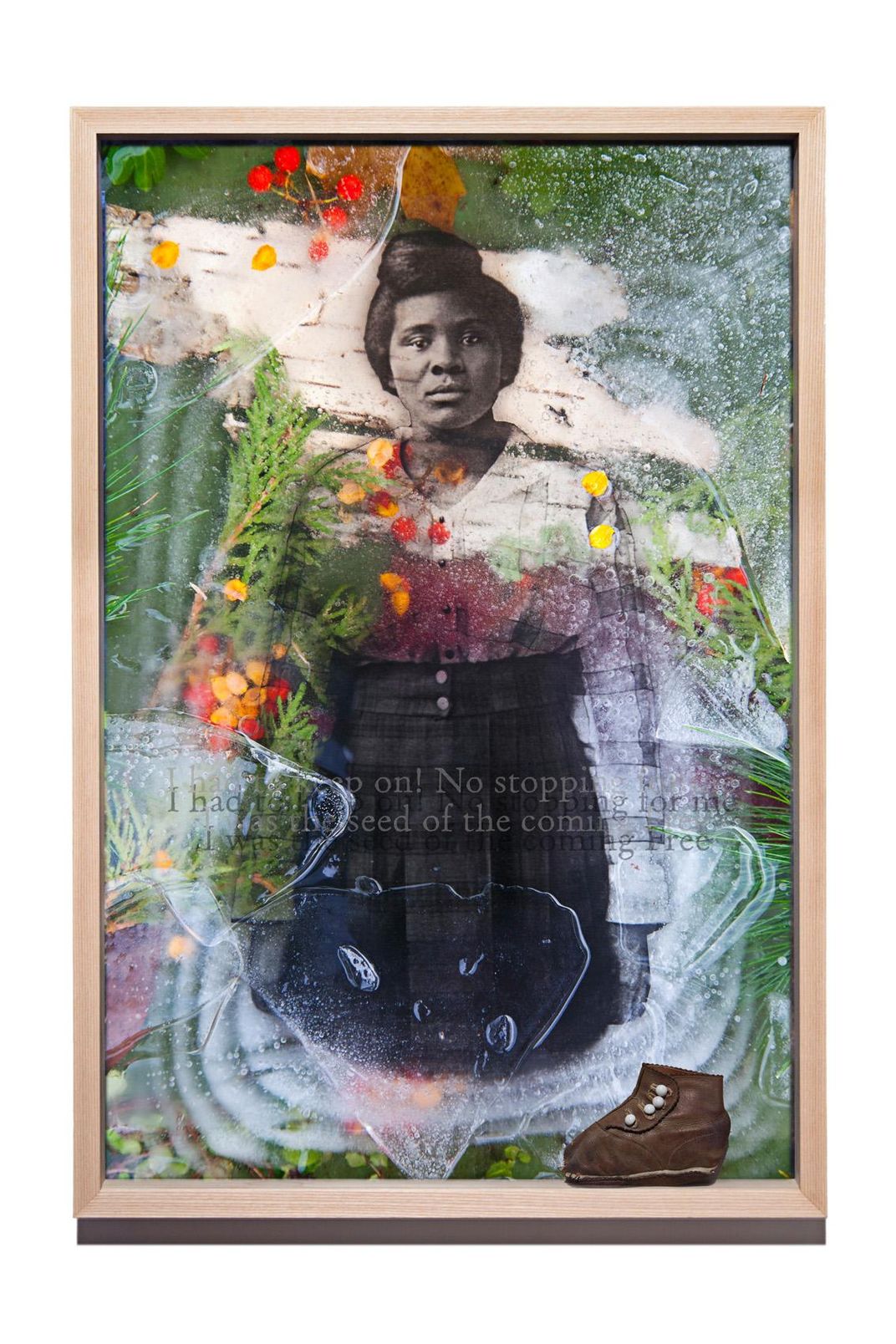
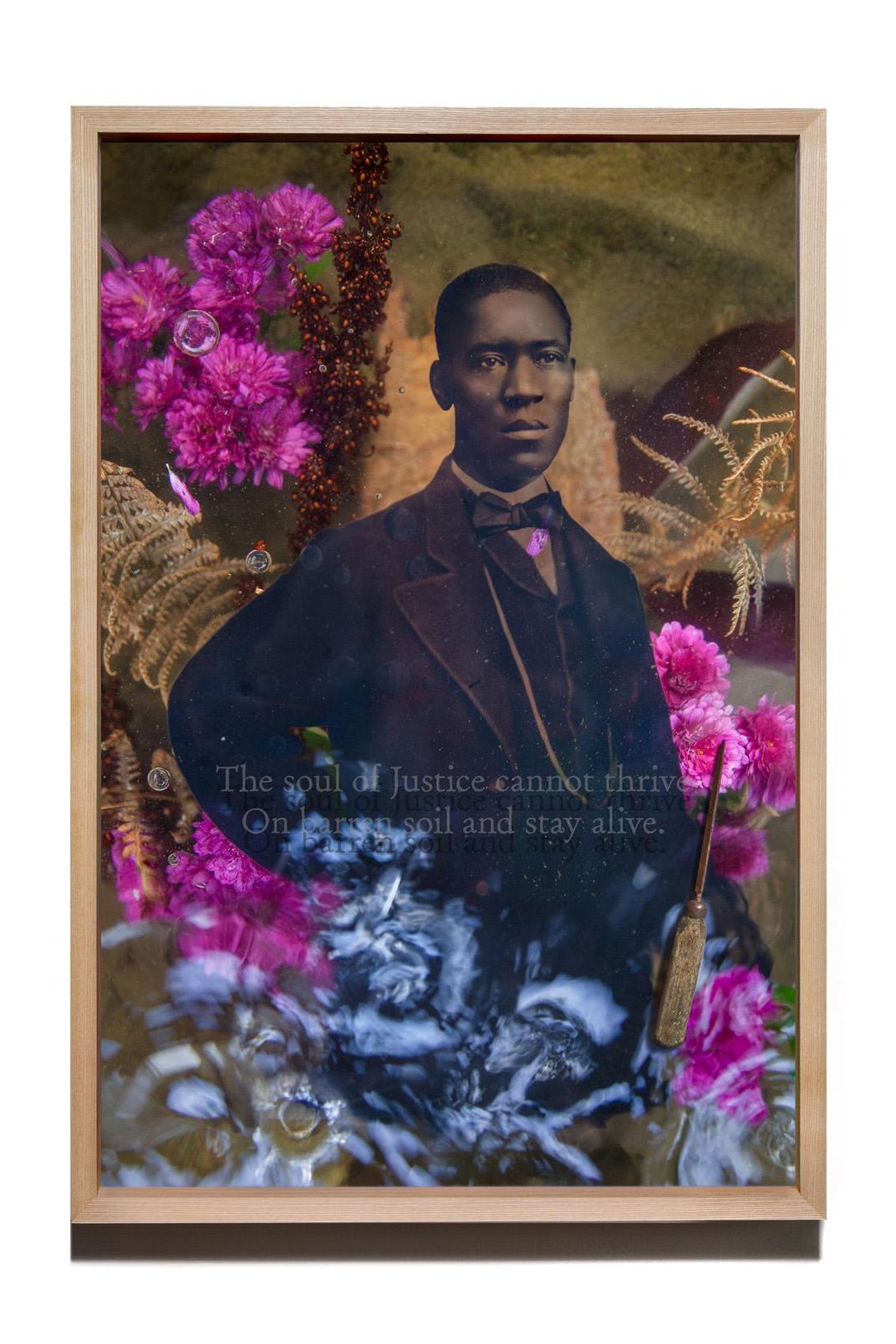
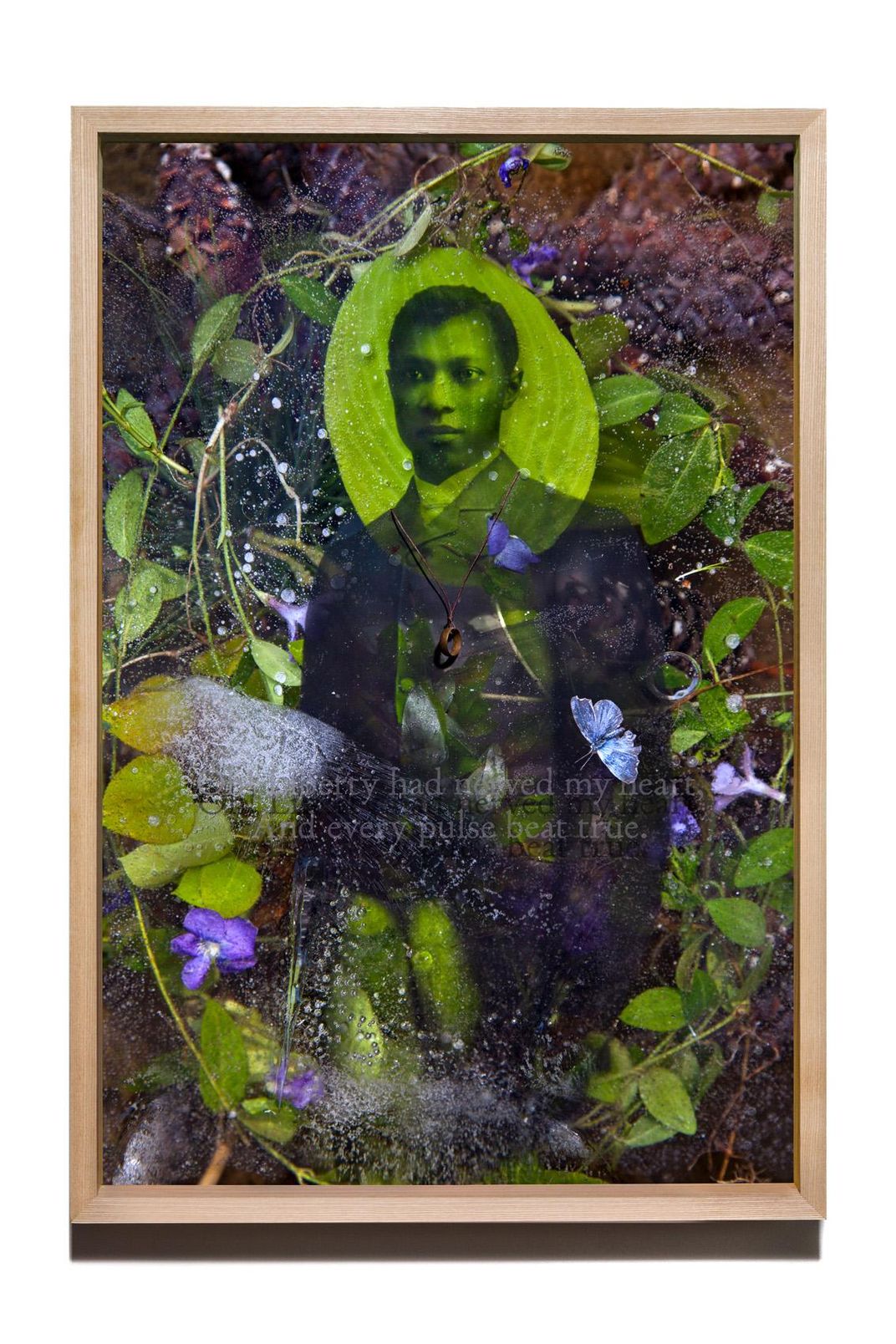
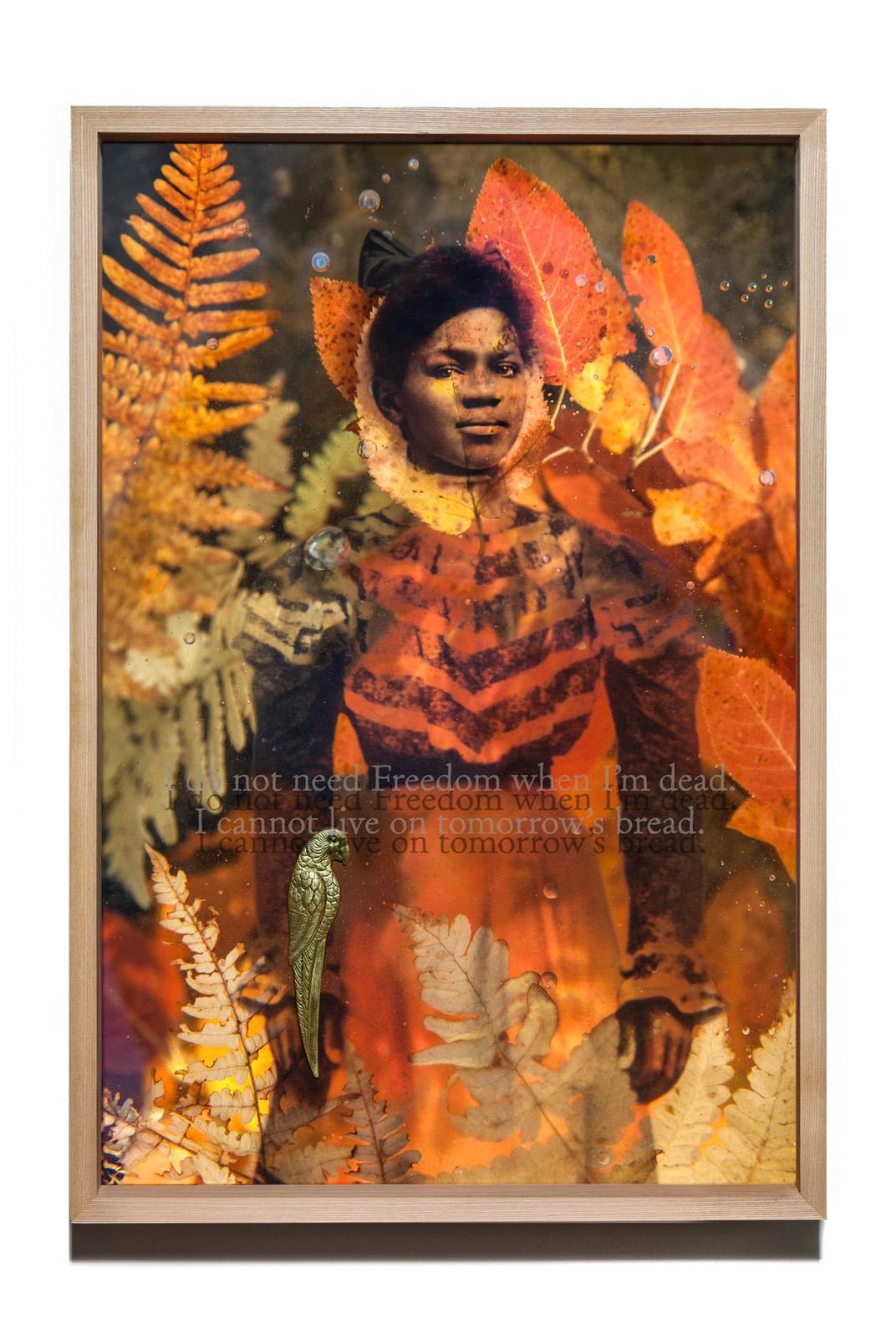
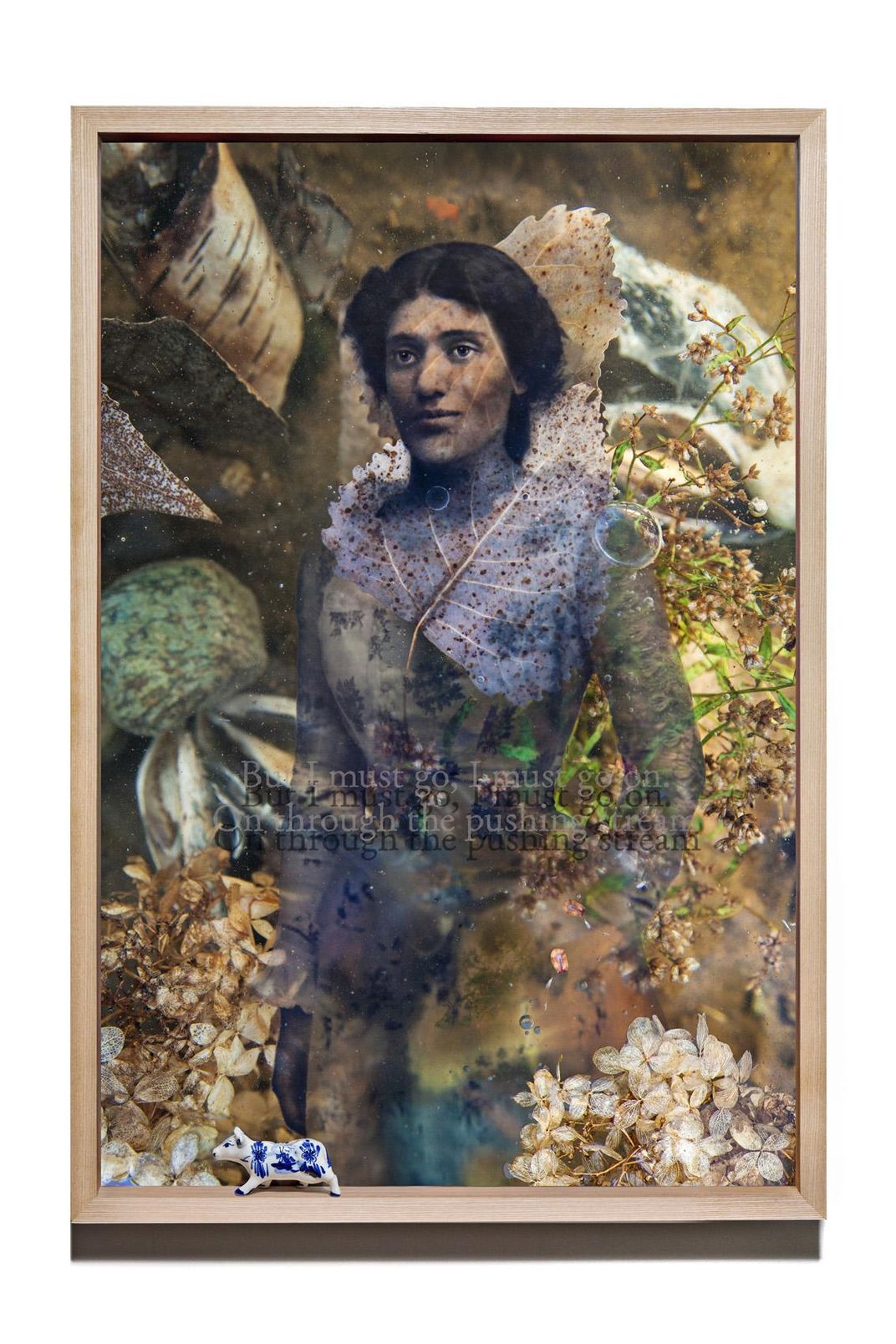
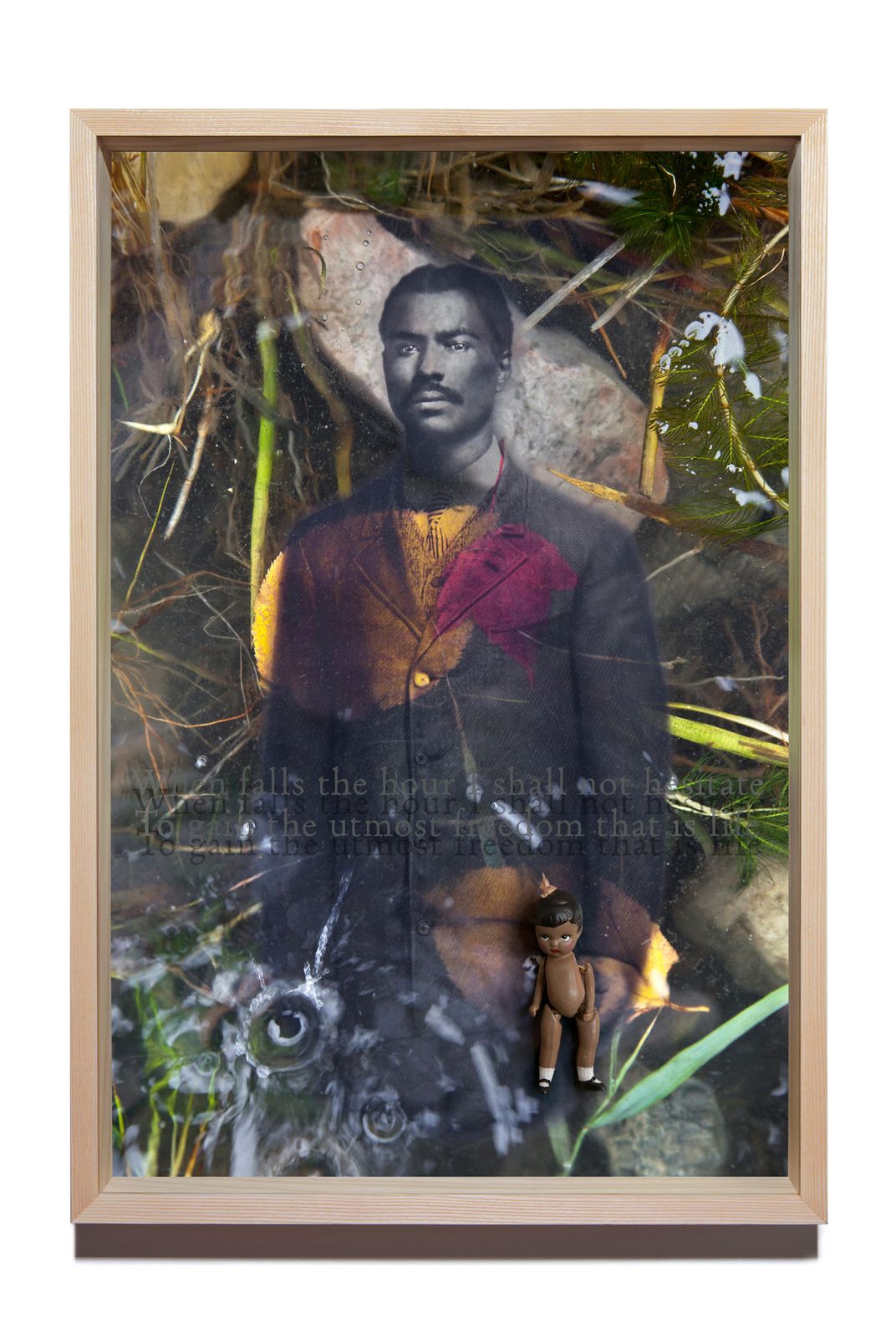
/https://tf-cmsv2-smithsonianmag-media.s3.amazonaws.com/accounts/headshot/amy.png)